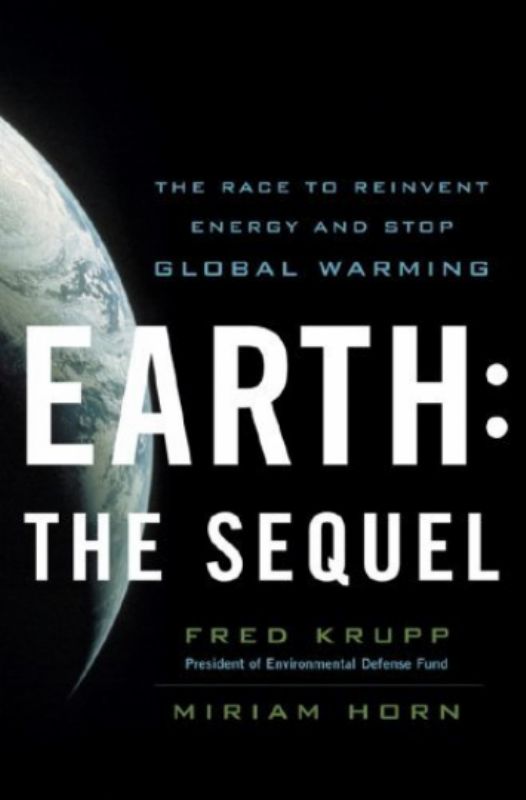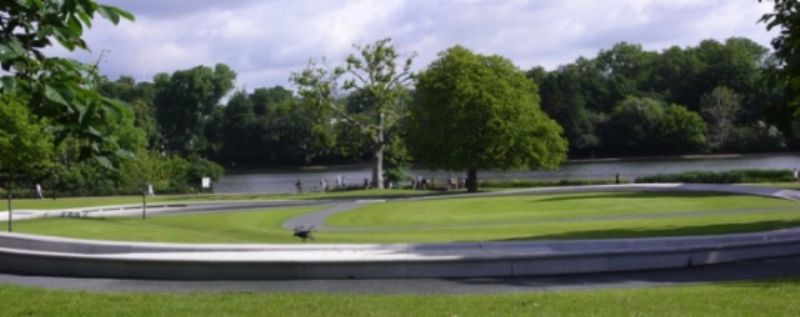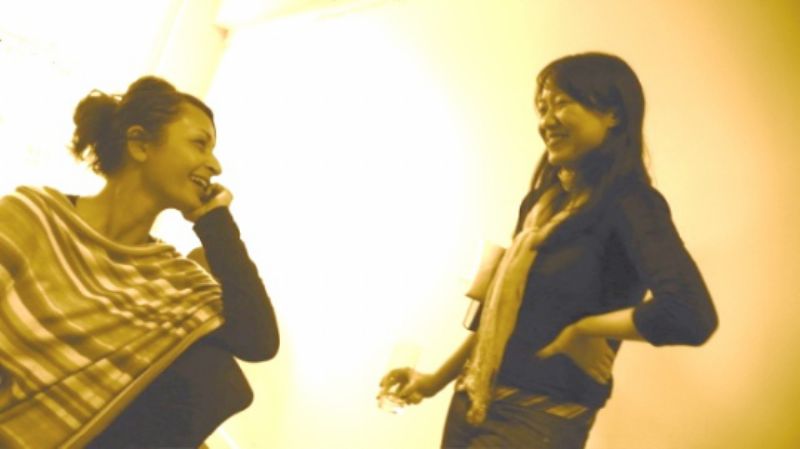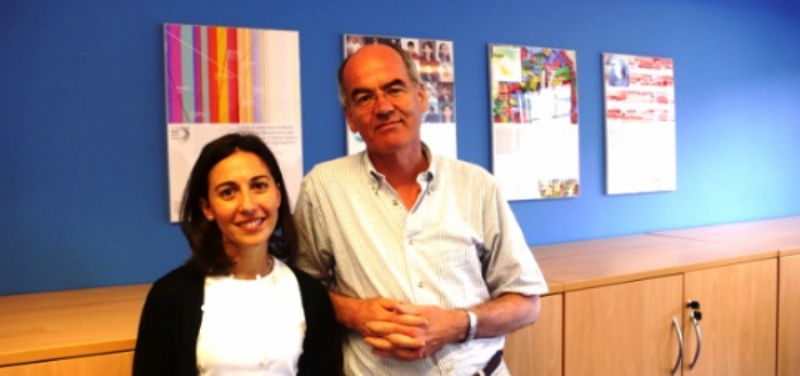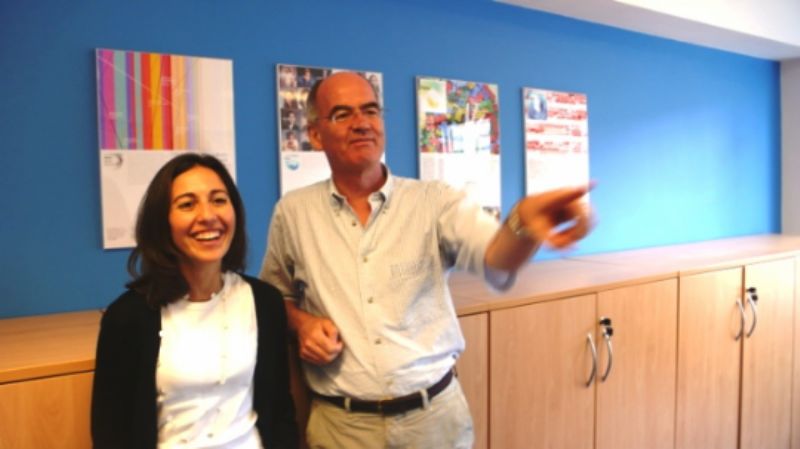One of Britain’s finest contributions to the art of well-informed conversation is The Chatham House Rule. Frustrating, too. Had dinner this evening at the Chef’s Dining Room, Mews of Mayfair. Others around the table included the CEOs of well-known companies. The conversation revolved around climate change in general – and, in particular, the conclusions of Fred Krupp of the Environmental Defense Fund in his new book, Earth: The Sequel.
New York City Mayor Michael Bloomberg had this to say about the book: “Krupp and [Miriam] Horn have turned the doom and gloom of global warming on its head. Earth: The Sequel makes it crystal clear that we can build a low-carbon economy while unleashing American entrepreneurs to save the planet, putting optimism back into the environmental story.” These – at the for-profit end of the entrepreneurial spectrum – are some of the people we aim to find new ways to help through our fledgling new company, Volans Ventures.

